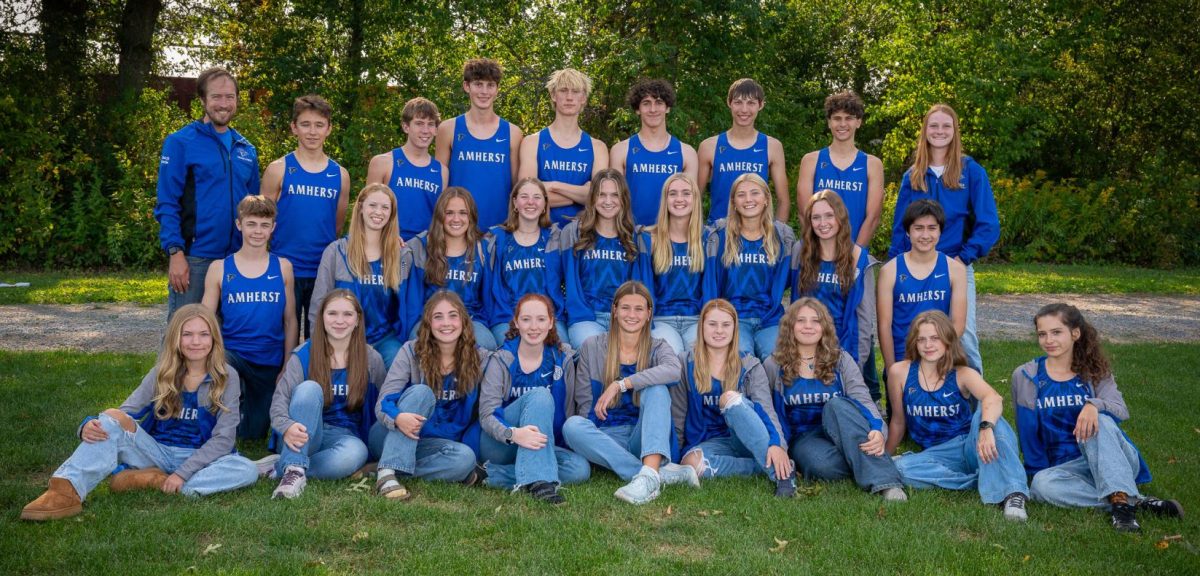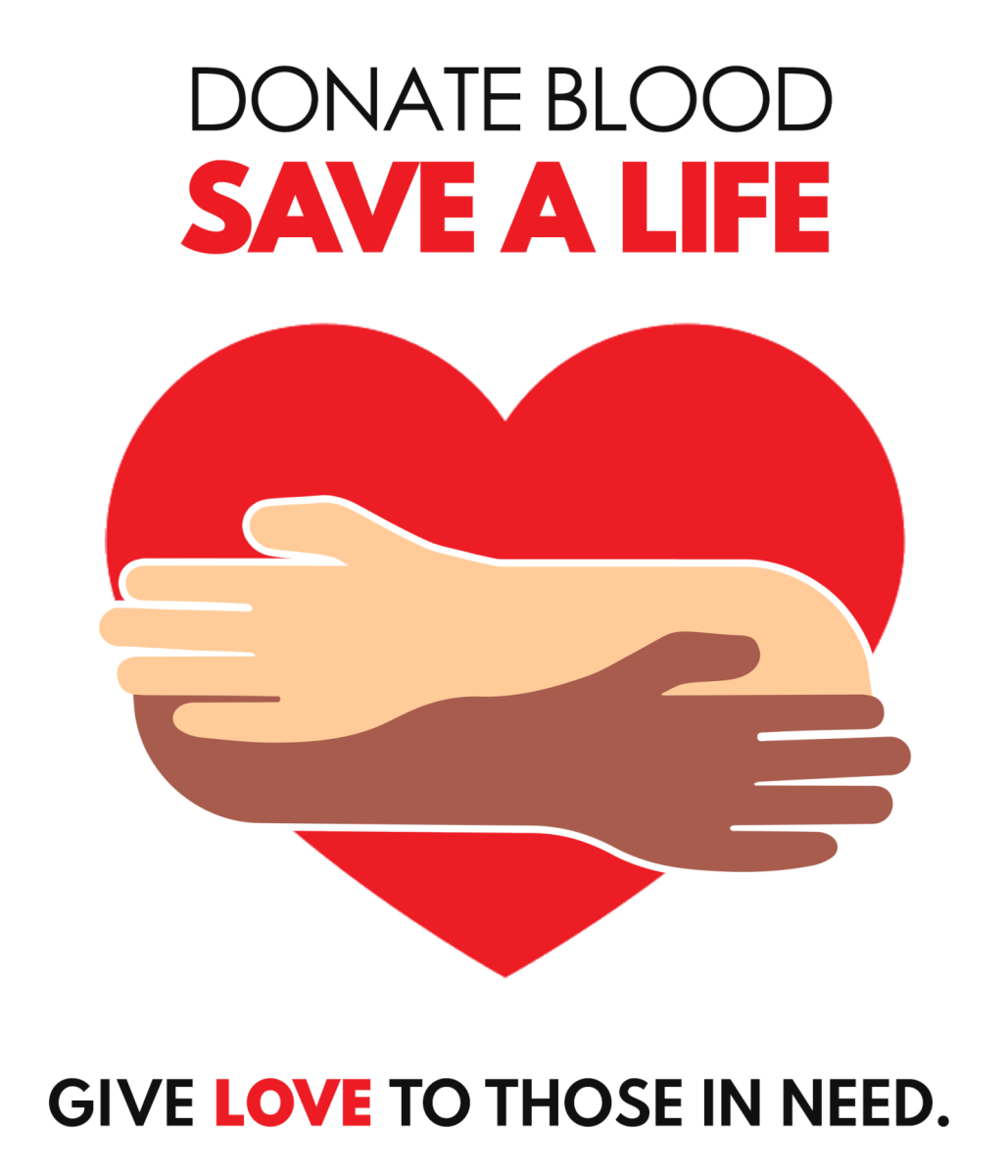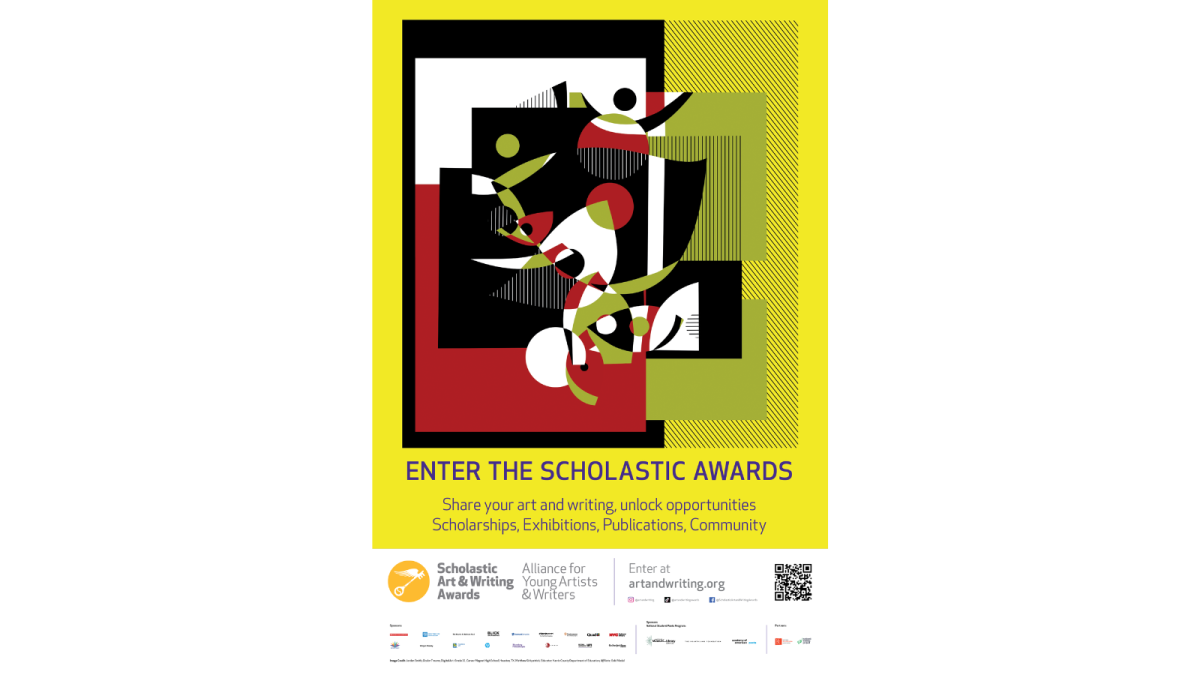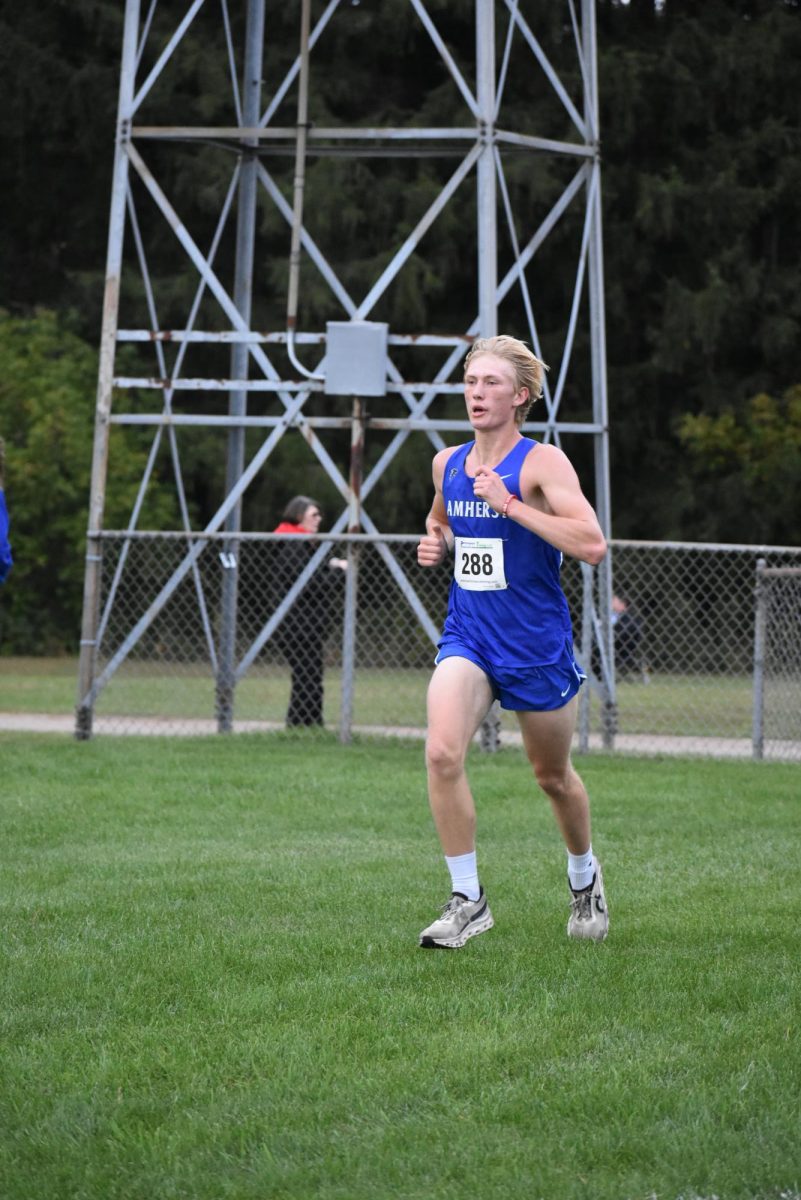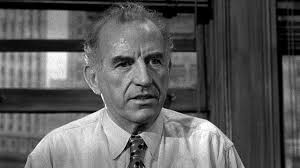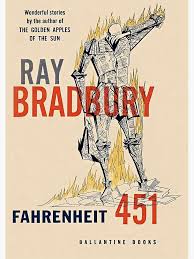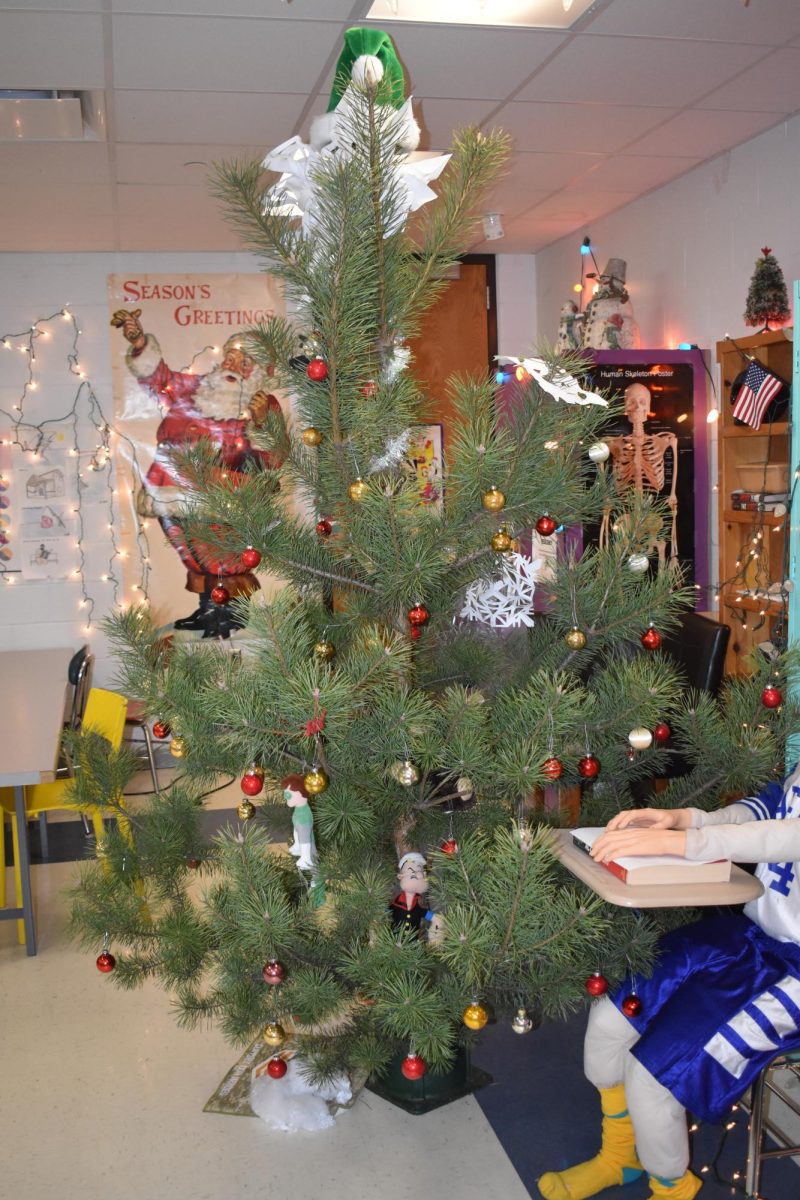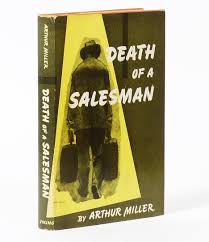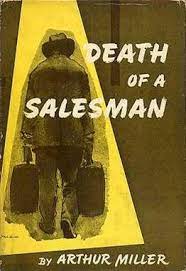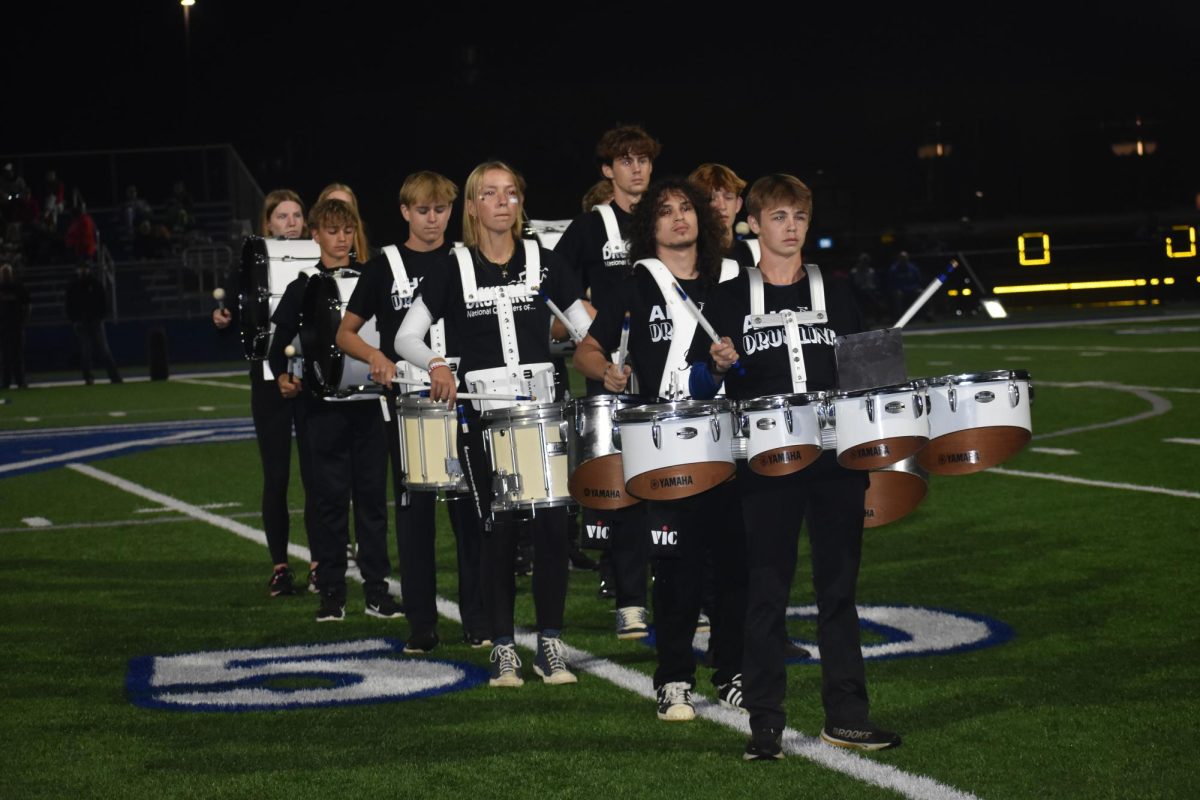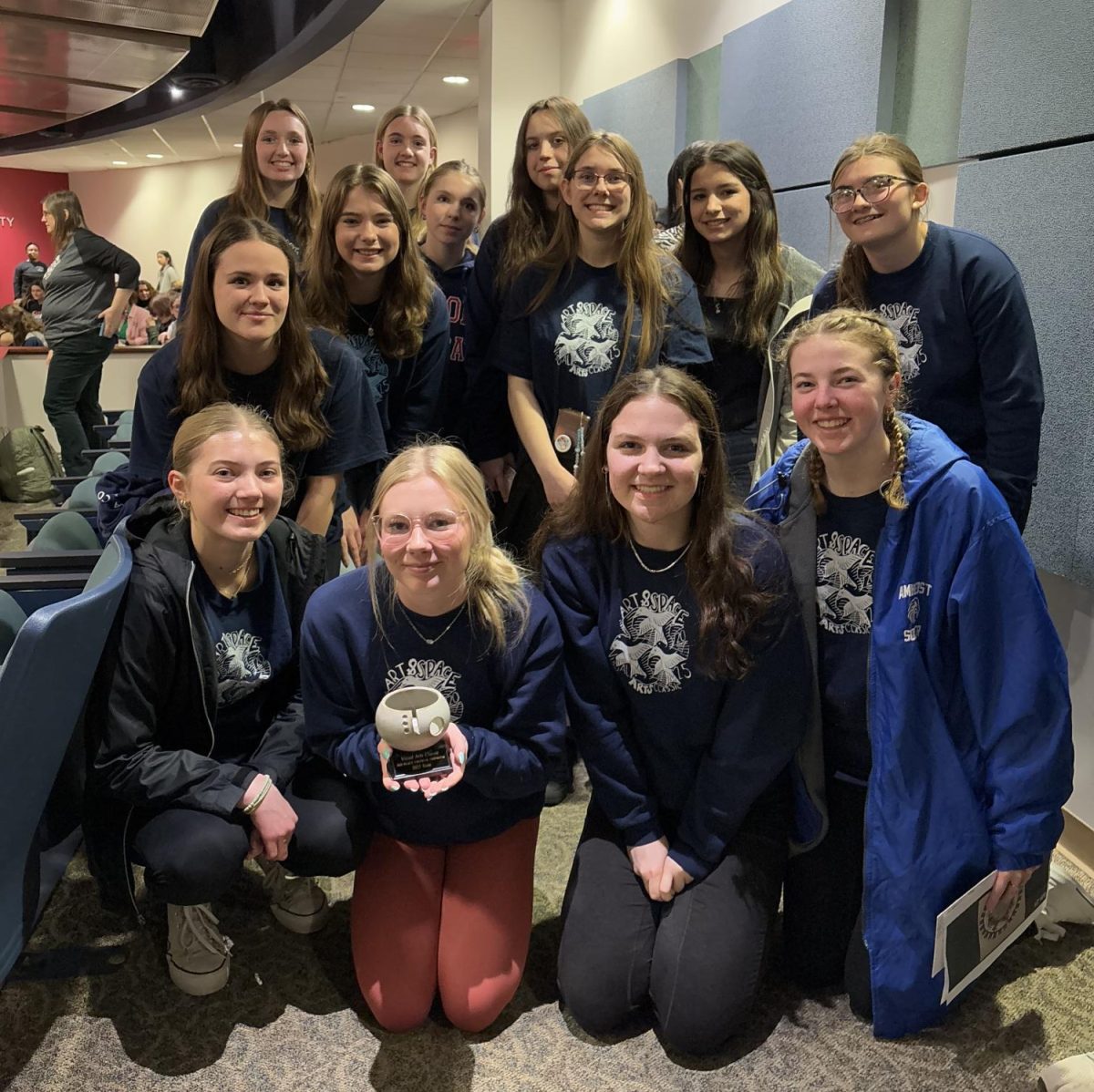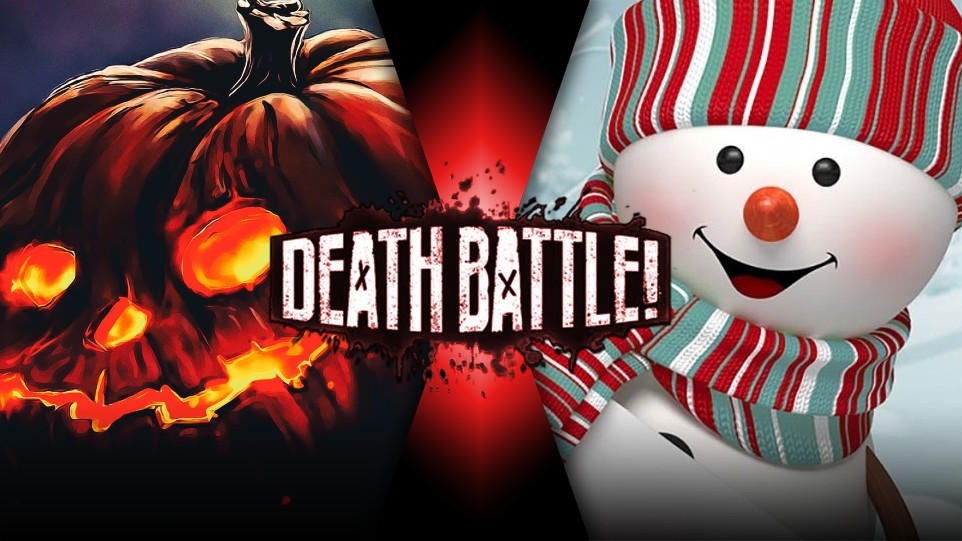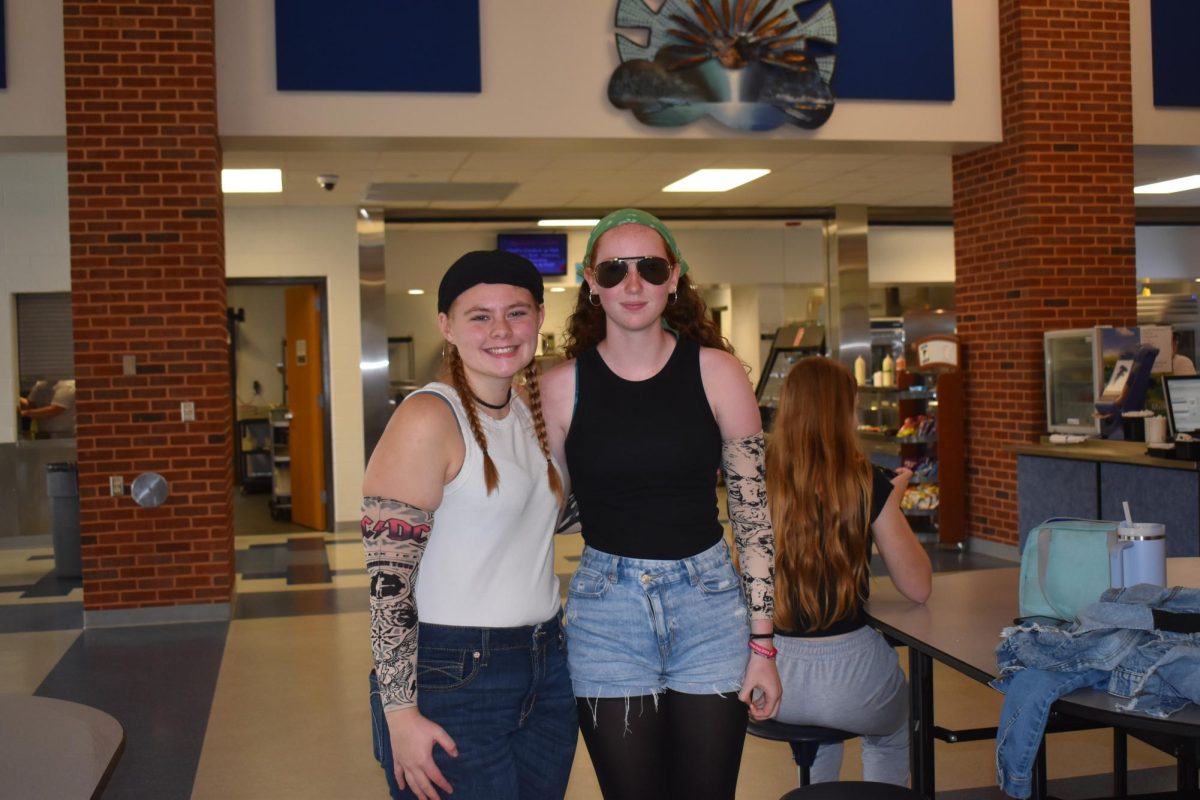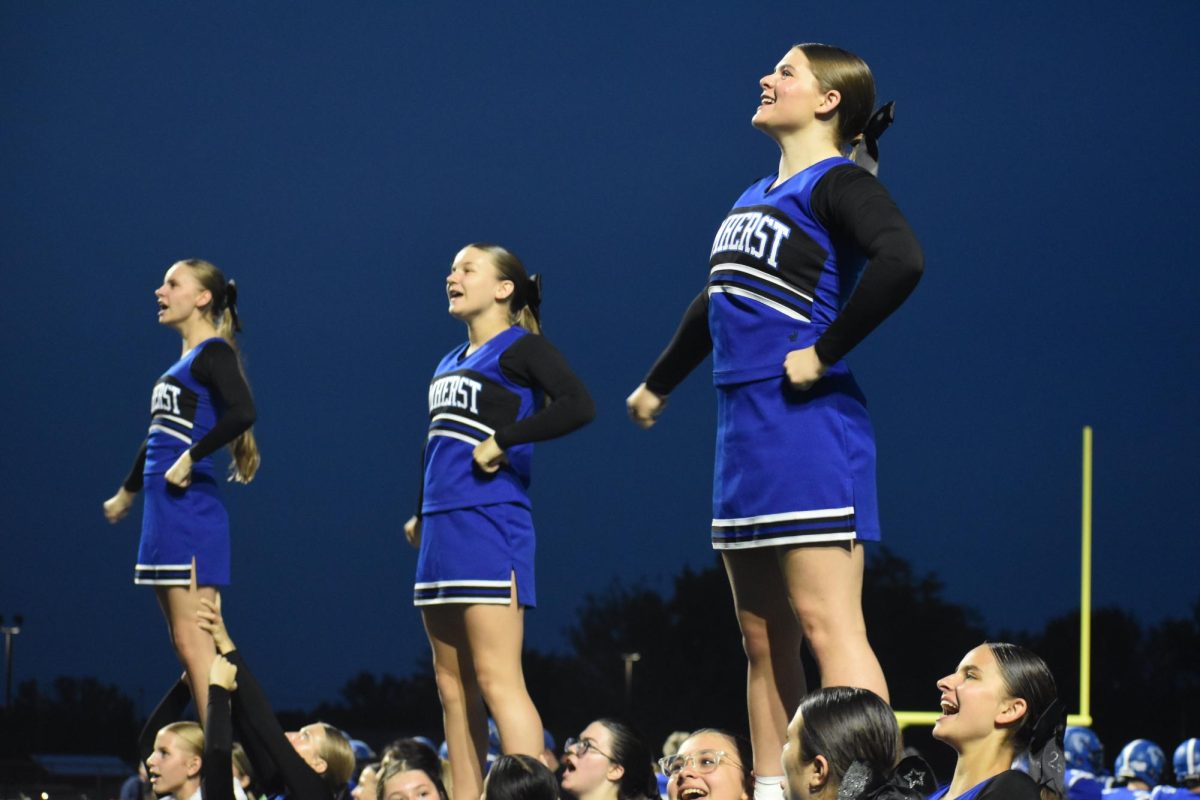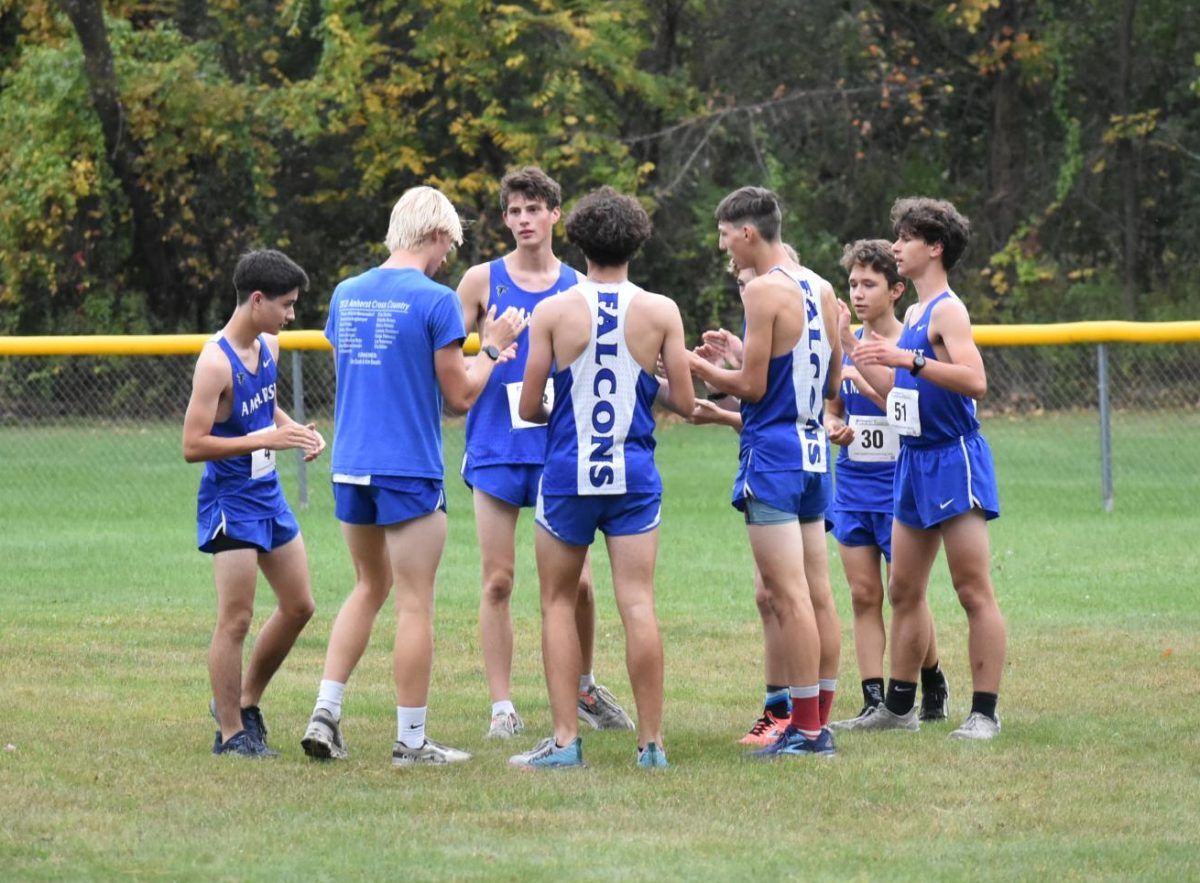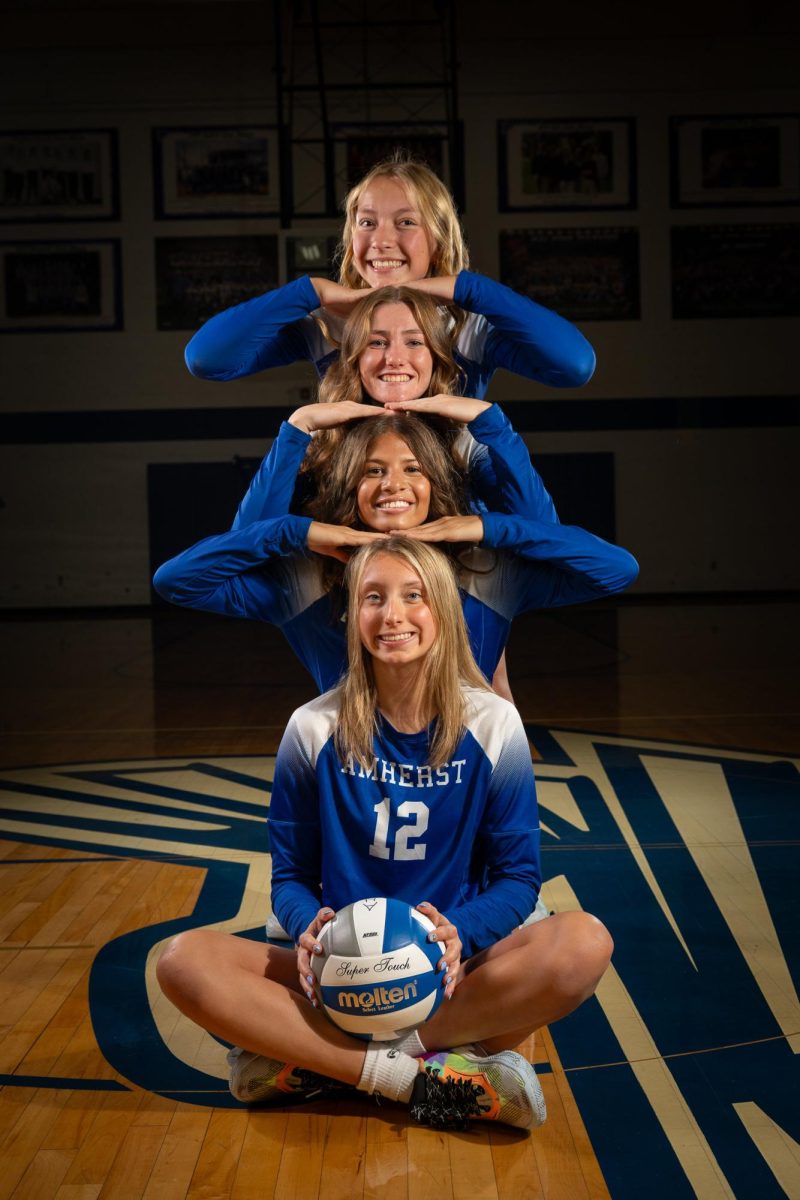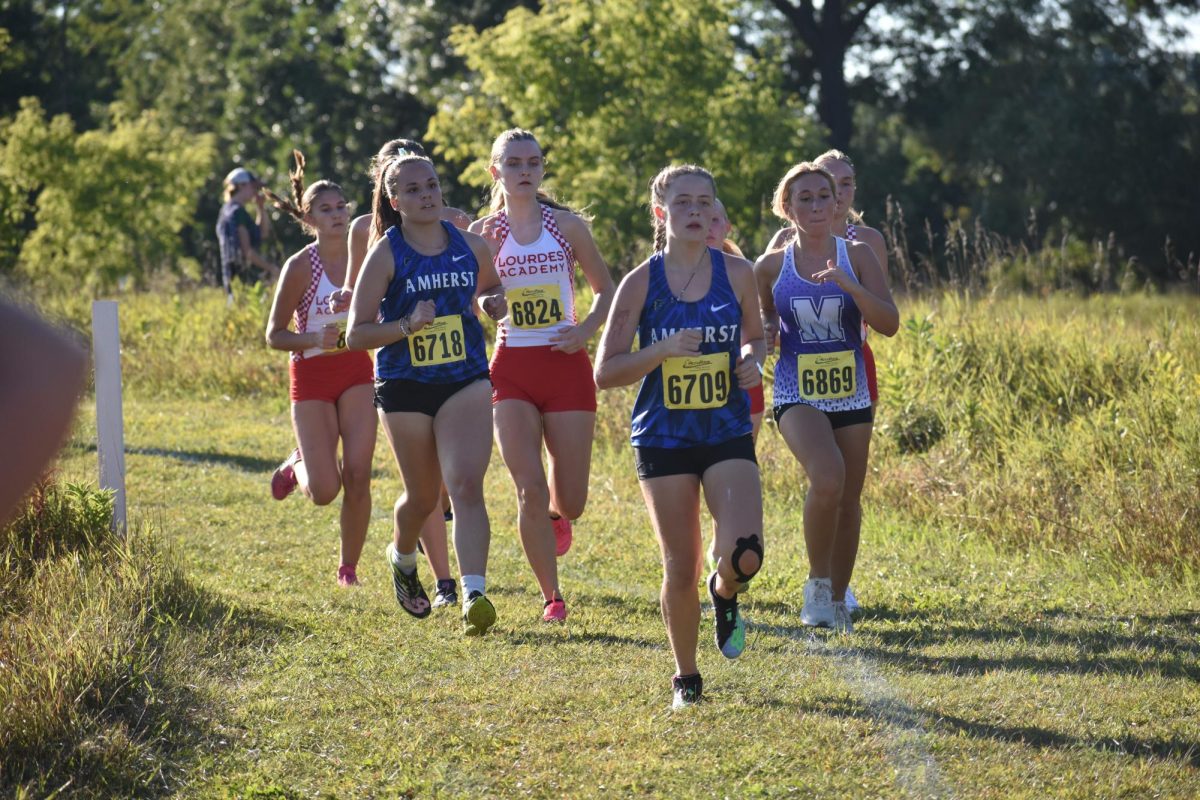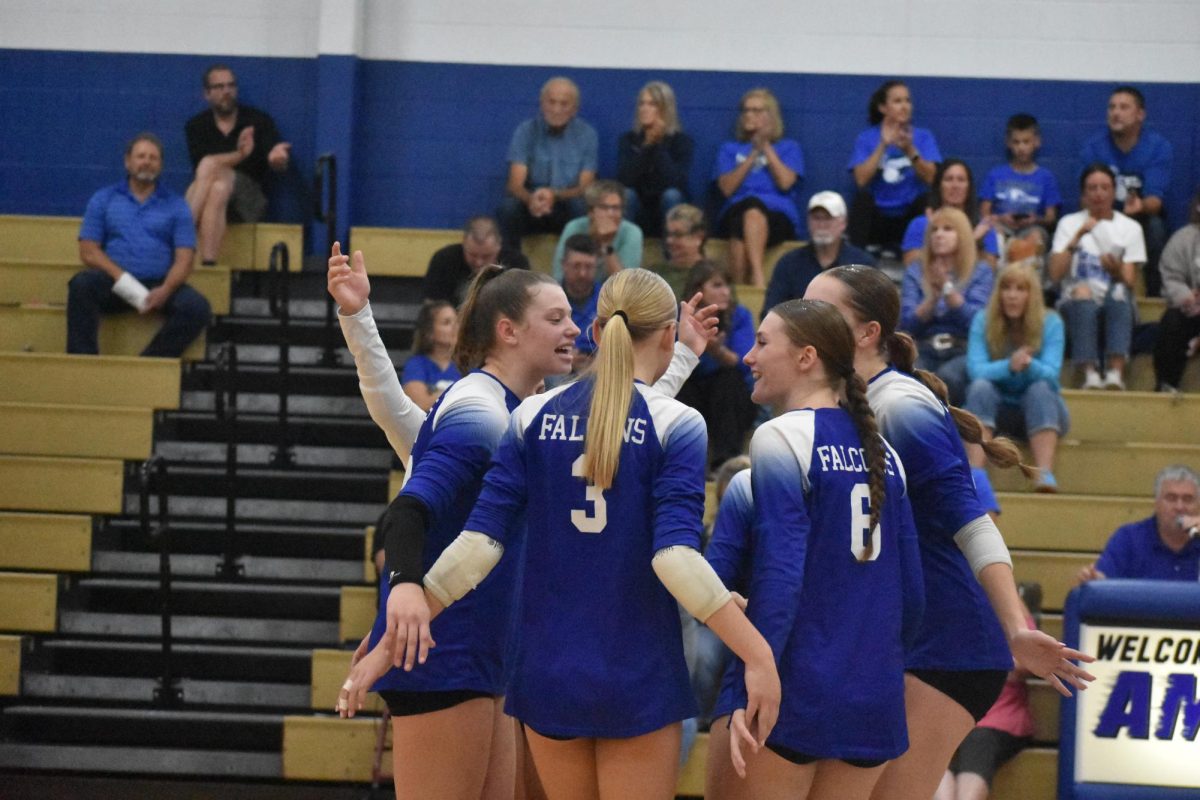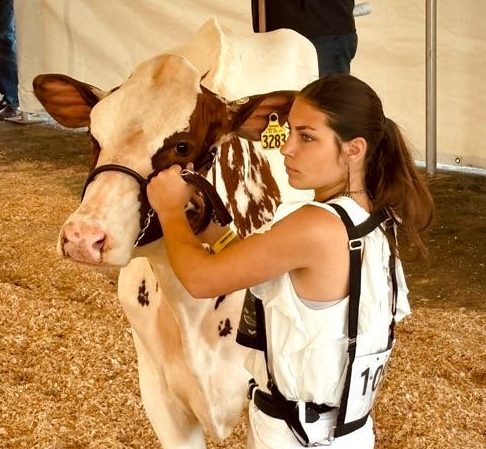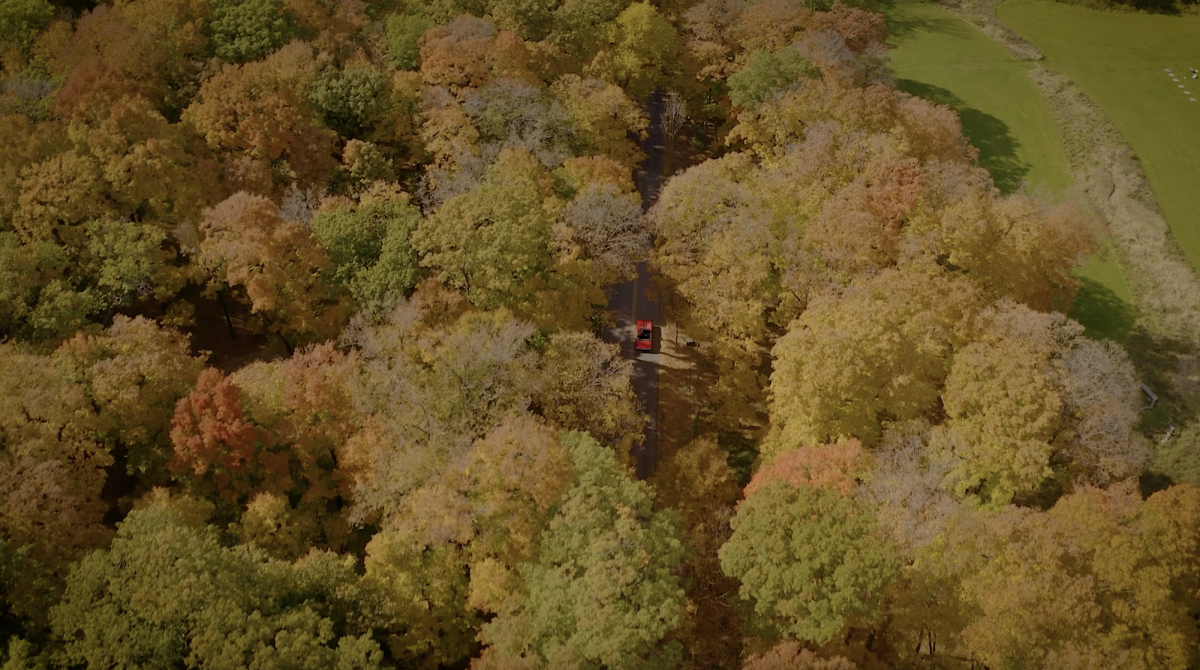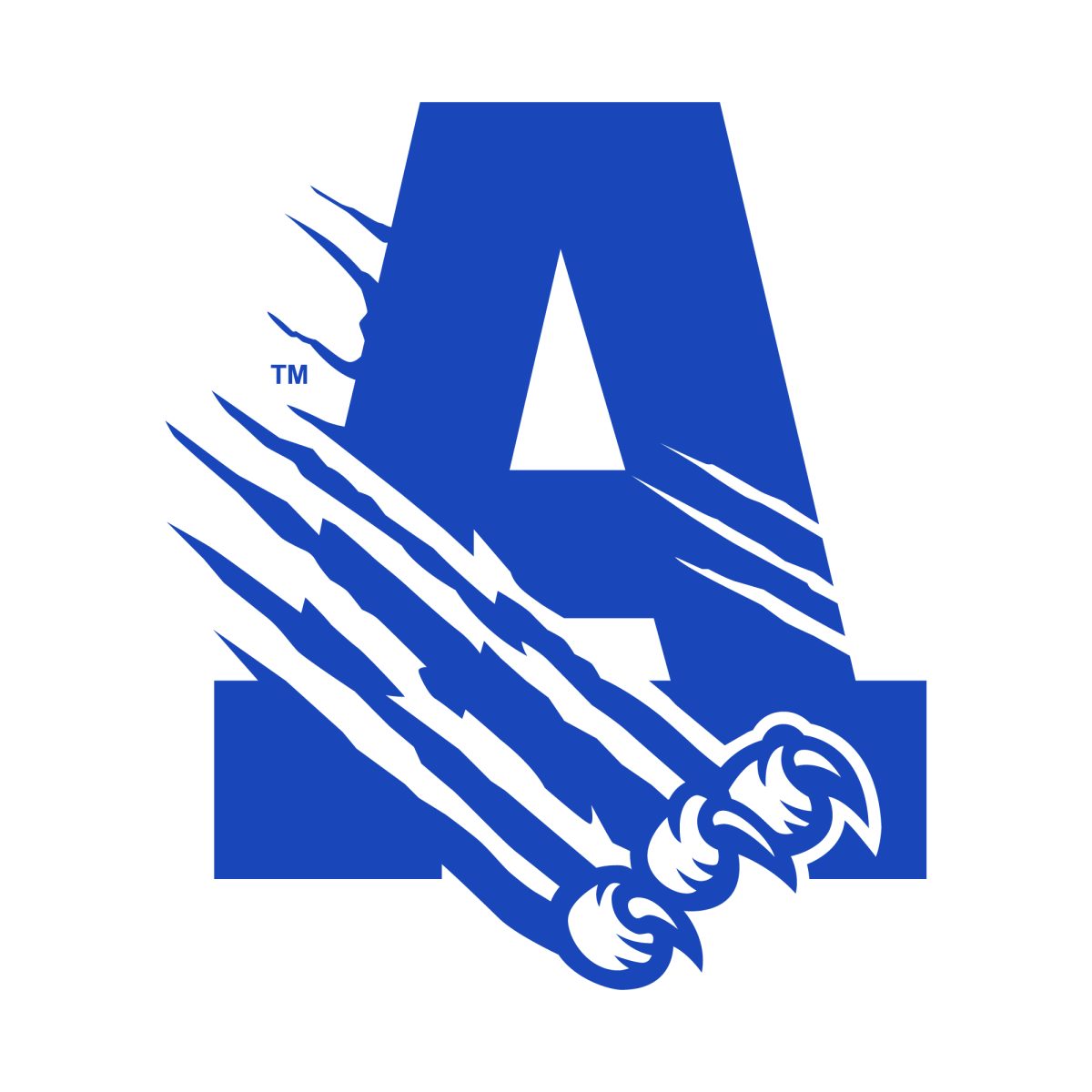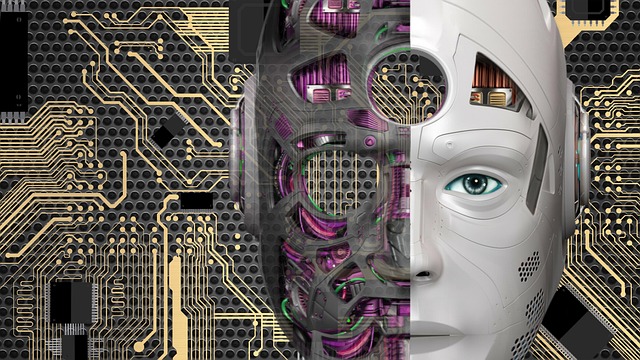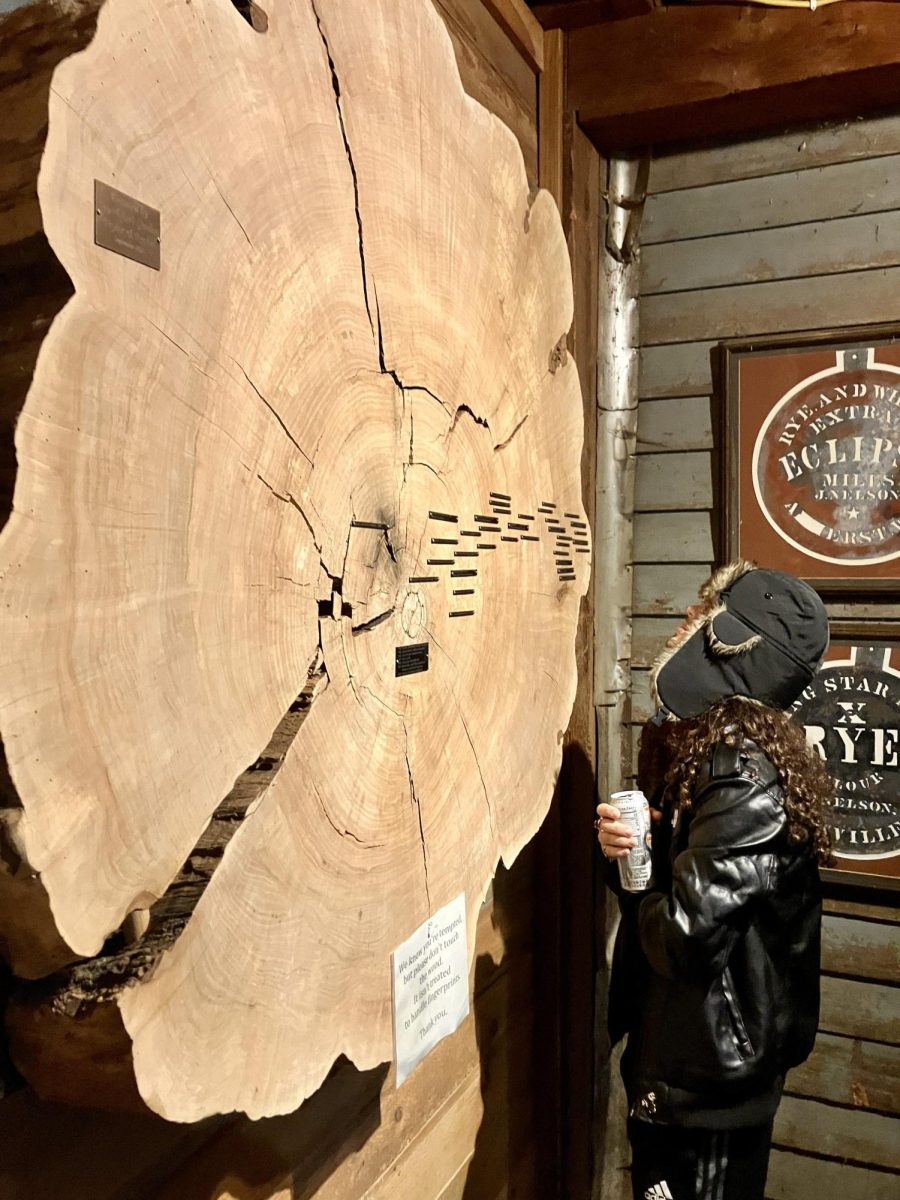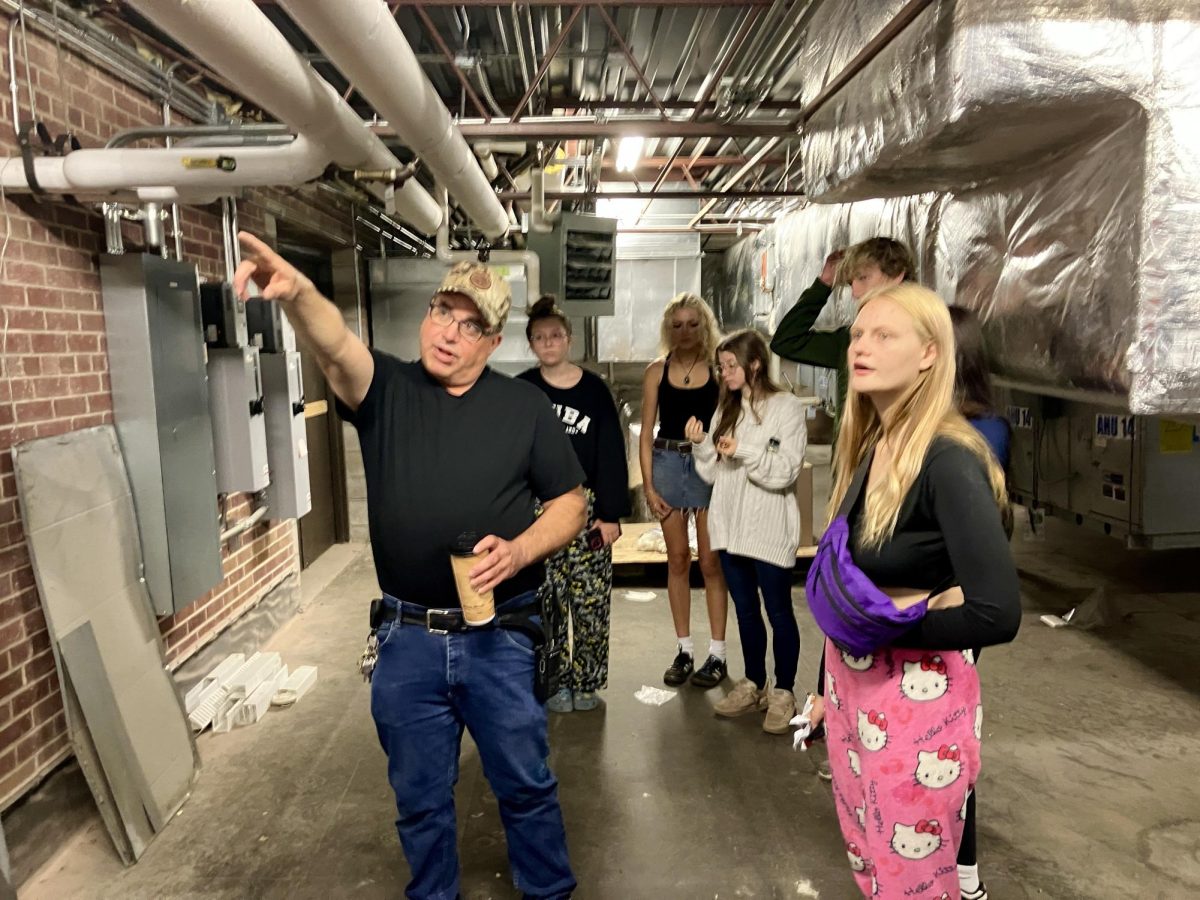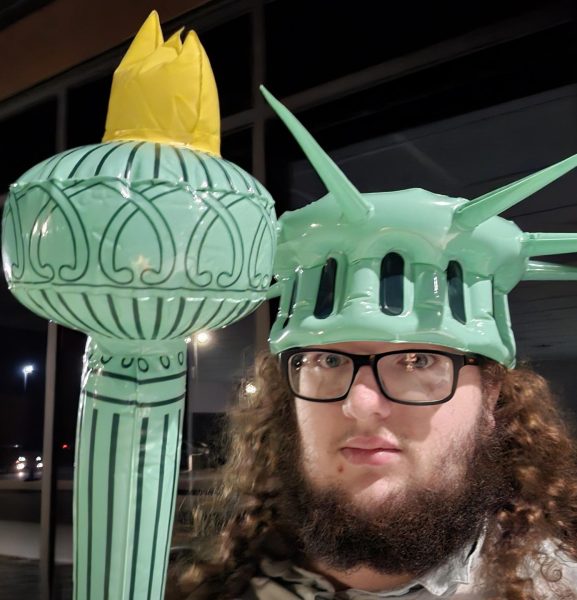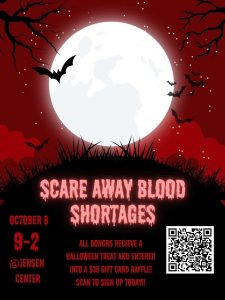 To give blood is to save lives. Your blood can prevent another human from dying. Burn victims, heart transplants, and battling cancer are just a few examples of people who desperately need your donations. This is why our school holds yearly blood drives at the Jensen Center. I’m sure you saw the posters here and around, but maybe you missed out and want to know what goes on with such an important event.
To give blood is to save lives. Your blood can prevent another human from dying. Burn victims, heart transplants, and battling cancer are just a few examples of people who desperately need your donations. This is why our school holds yearly blood drives at the Jensen Center. I’m sure you saw the posters here and around, but maybe you missed out and want to know what goes on with such an important event.
Each year, National Honors Society hosts a blood drive at our school. Volunteer students make sure that you have signed up for the event and are on time, so all donors need to do is show up at the time they signed up for online. So how do you get to be one of these student volunteers?
“You have to be a member of the National Honors Society, and then are able to sign up for various activities including the blood drive,” senior Lila McGuire explained. And after you donate your blood, you get snacks!
Why would anyone in NHS volunteer for this? McGuire once again had an answer for this: “I was the coordinator for this blood drive, and I would like to pursue a career in Nursing. So donating blood/phlebotomy is interesting to me.”
Personal reasons are surely a huge influence on this. Sometimes it could be just, “Why not?” and that’s okay, too!
So how was this year different from other years? Take it away, Kasey Werachowski: “This year our blood drive had a strong student lead and had over 75% as student donors!” Which is fantastic! I’m so happy that you all are proud enough to donate to those who need it.
But after all that, I know what question most students are really asking: Are the snacks really worth it?
“After donation they always set out a bunch of snacks and drinks for the donors, and I think that the items are very satisfactory,” said Dierks Klieforth, a student who donated at the event. “The snacks always hit the spot after giving blood.”
But wait, I think I’ve got one last question on my docket here. Is there any other reason for students to donate their blood to this? Why yes! The Red Cord program!
If a student donates at least three times in your high school career, they shall receive a red cord to wear at graduation, symbolizing those noble deeds of blood donation. The Red Cord program hopes to encourage students to donate more and to recognize students for their donating
“The Red Cord program allows for us to recognize more students for contributing to the drives,” explained Rose McGuire, one of the teacher leads of NHS. “The Red Cross relies on new and young donors to keep their program thriving, so having more students become involved in high school helps build long-term donors. The Red Cord program also allows our community to see how involved our students are.”
I couldn’t have said it better myself. And now you know all about the American Red Cross donation program this year.
The NHS American Red Cross blood drive at the Jensen Center will always serve as a force of health and prosperity for Americans across the nation. All concentrated to this spot in Amherst, where positivity towards the program flies amongst donors and volunteers alike. With new things, such as the Red Cord program, here to encourage recognition for students.
Now that you have all of this information, I encourage you to consider going out and donating blood at the next Jensen Center blood drive, which will happen in December. Because you never know whose life you’re going to save.

